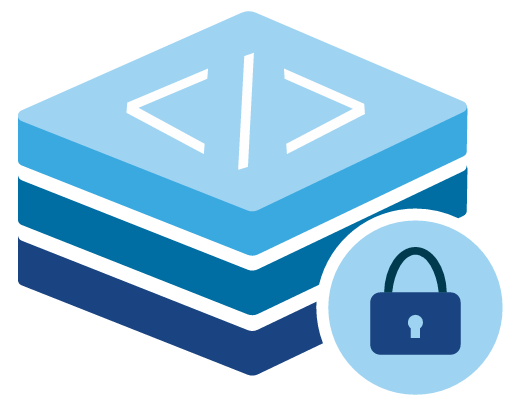Introduction
In today’s fast-moving business landscape, fragmented systems and data silos are a serious handicap. Companies that continue to use disconnected tools—spreadsheets, standalone apps, legacy systems—risk inefficiencies, errors, and blurred insight. An Enterprise Resource Planning (ERP) system changes this by unifying core operations onto one platform.
In this blog, we’ll explore why ERP is important for companies, the benefits it brings, how to choose one, and key success factors.
Introduction
ERP (Enterprise Resource Planning) is a suite of integrated applications that manage core business processes such as finance, supply chain, inventory, human resources, procurement, sales, and manufacturing, under one unified database and interface.
Unlike point solutions that only do one function, ERP gives organizations a single version of the truth across functions.
Top Benefits of ERP for Companies
- Operational Efficiency & Automation
Automated workflows reduce manual work, duplicate data entry, and process delays. - Data Visibility & Real-Time Insights
A centralized database ensures that all departments see consistent, up-to-date information — enabling better decision-making. - Improved Collaboration Across Departments
Siloed systems break communication. ERP connects marketing, sales, finance, operations, and more. - Better Inventory & Supply Chain Control
In retail, manufacturing, and distribution, ERP enables accurate stock tracking, demand forecasting, reorder automation, and supplier management. - Scalability & Growth Readiness
As your business expands (new branches, new products, global operations), ERP scales with you without needing to bolt on a patchwork of systems. - Regulatory Compliance & Reporting
Many ERP systems support tax rules, audit trails, financial controls, and reporting capabilities that ease compliance burdens. - Cost Savings Over Time
While the initial investment can be significant, reducing inefficiencies and errors often delivers strong ROI in years.
How ERP Helps in Different Industries
- Retail & E-commerce: synchronizes inventory, POS, order management, and supply chain
- Manufacturing: integrates production planning, shop floor, BOM, and quality control
- Services & Consulting: manages projects, billing, resource allocation, timesheets
- Healthcare / Pharma: handles regulatory documentation, supply chain, procurement
- Distribution & Logistics: optimizes warehousing, order fulfillment, shipping
Key Features to Look for in an ERP
- Modular architecture (you can enable only what you need)
- Real-time data & dashboards
- Integration APIs/Connectors with existing tools
- Scalability & multi-tenant/cloud readiness
- Customization capabilities (but avoid excess over customization)
- Role-based access & security
- Mobile support
- Reporting, BI & analytics
- Local compliance features (tax, accounting standards)
Implementation Tips & Best Practices
- Define clear objectives & success metrics
Know what you want to achieve (e.g. reduce stock errors by 80%, reduce order processing time). - Get executive buy-in and stakeholder alignment
ERP implementation is cross-functional; leadership support is vital. - Choose a phased rollout
Don’t switch everything at once — pilot modules or divisions first. - Data migration & cleanup
Garbage in, garbage out. Cleanse existing data before migrating. - Training & change management
Users must understand the new system; give hands-on training and management support. - Continuous optimization post-launch After go-live, iterate, adapt, and tune workflows based on real usage.
Conclusion
In a world leaning ever more on data and connectivity, ERP is no longer optional — it’s essential infrastructure for companies that want to scale, stay agile, and compete. From streamlining operations to enabling strategic insight, a well-deployed ERP becomes the operational backbone of your organization.
If your company is evaluating ERP, or you’re looking to modernize legacy systems, I’d be happy to share insights or help assess options.



